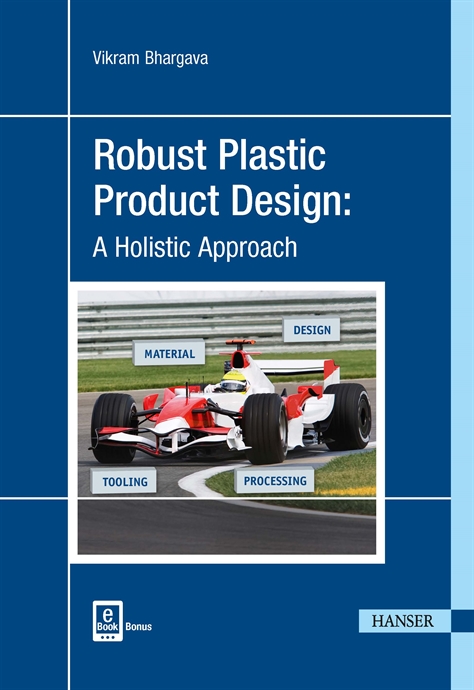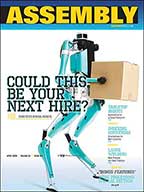Editorial: Take a Big Swing
Ever shorter product life cycles mean less time to get new products to market and shorter product lifetimes for earning profits. It also means there is less time to deliberate whether to keep making a product in the face of deteriorating profits, or drop it and bet on garnering the reward from being the leader in a new market segment. This challenge is exacerbated as more manufacturing moves offshore, and foreign competition increases.
One approach that consultants, books and conferences tout frequently for meeting this challenge can be summarized as "move boldly, learn from failure and move on." Another that was popular a few years ago is "innovate or die," although Eric Mankin, principal of Integral Inc., says this could be more aptly stated as "innovate and die" because, even in the early 1990s, product survival rates from concept to age 5 years were less than 15 percent. Writing in Product Development—Best Practices Report, Mankin discusses how to increase the probability of a new product being successful, and accelerate the ability of an organization to determine whether the innovation is right for the market. The central theme is the importance of failing fast to succeed.
When it comes to developing products, the problem with success is that we don’t learn much from it, says Preston Smith of New Product Dynamics. Product development typically involves a series of trials. The interesting thing about trials, Smith says, is that we learn the most when we cannot anticipate the outcome. We learn very little from a trial that succeeds as expected, or from a trial that fails as expected. We learn when the outcome of the trial is uncertain.
In real life, however, management tends to look most favorably on a "trial" that has been predicted to be successful, and is.
The fact is that most of us have been conditioned from childhood that success is the only worthwhile goal, and failure is at best repulsive or shameful. Even though management professes to encourage risk-taking and assures employees that failure will carry no stigma, such assurances are often only lip service. Failure too often destroys careers, so backing a questionable project can be tantamount to career suicide.
The "crash quickly and move on" gurus often cite the example of Babe Ruth, who stuck out frequently, but also set a home run record that outlasted him because he was always out there taking a big swing. What’s your view? Is this "fail quickly to succeed sooner" theory just right or is it off the wall? Does your management encourage you to "take a big swing" without penalizing the strikeouts? We’d like to hear your opinions and experiences; just e-mail me at heglandd@bnp.com.

